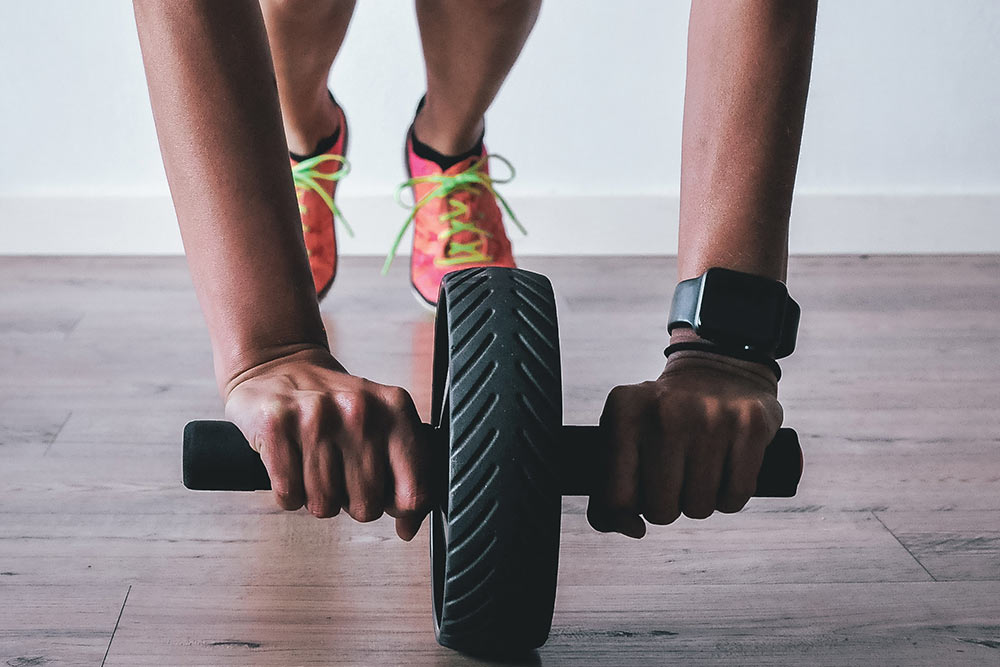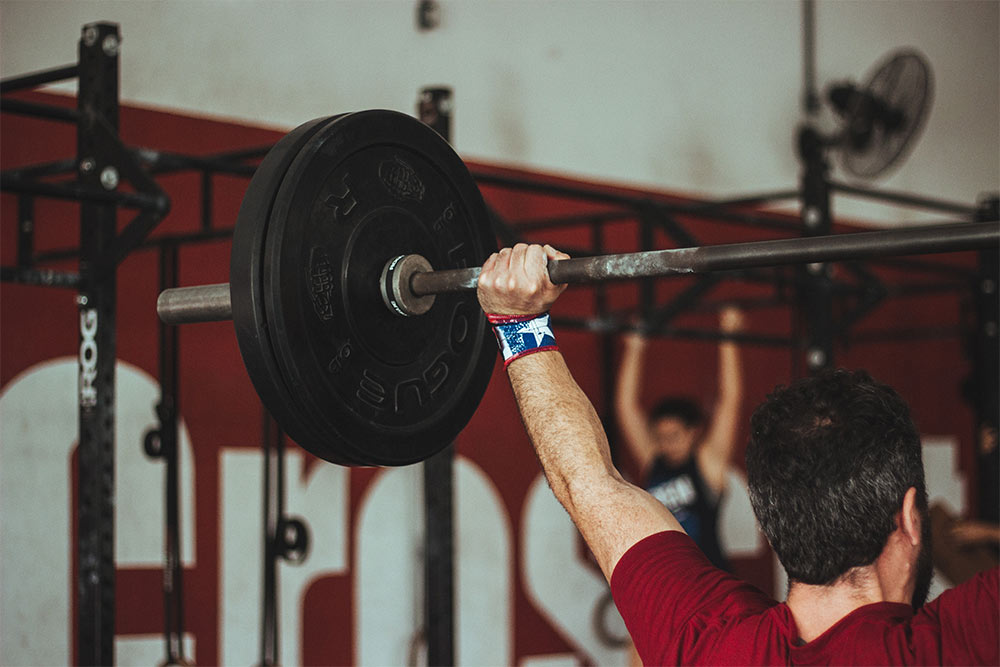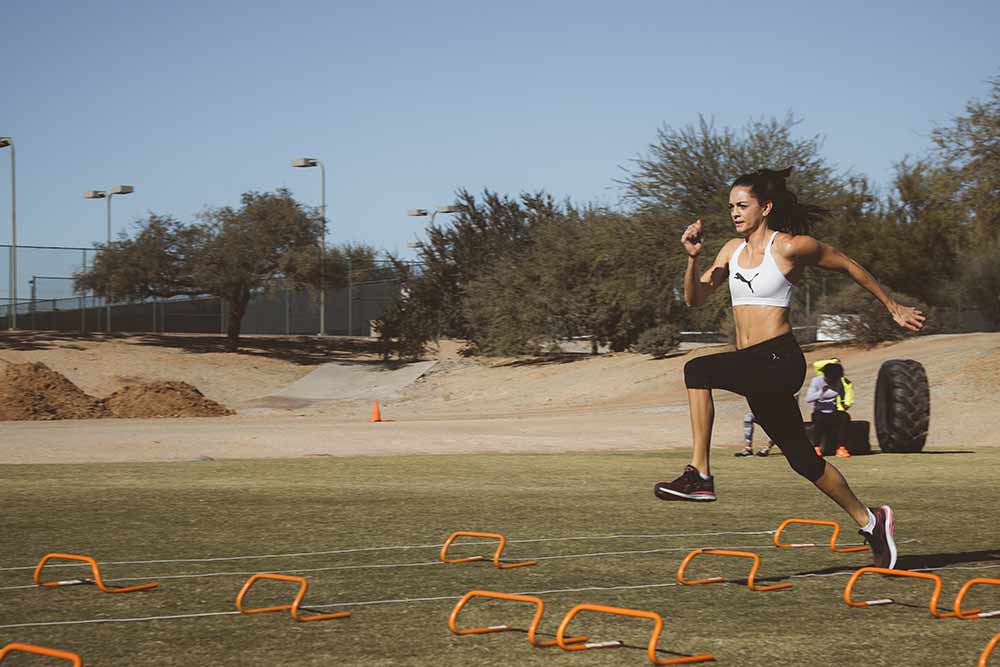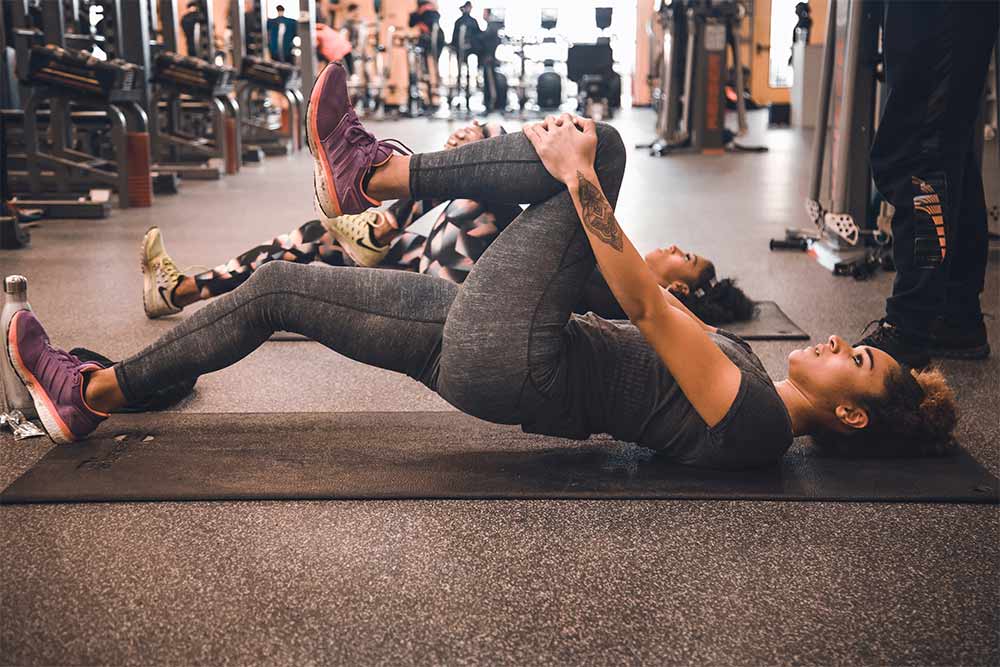Do Children Perform Better In Sports Based On Coach’s Gender?

Alyssa Bialowas
Introduction
Coaching is a structured practice of development that helps another individual achieve a specific personal goal by providing guidance and teaching. Coaches develop particular leadership styles to influence an athlete’s behavior to help them achieve competitive advancement, as well as influence the psychological, emotional, and spiritual well being of players. Examining sports leadership and coaching behaviors imparts fundamental knowledge to sports bodies, leagues, trainers, and coaches to provide information on academic sports literature for sports communities around the globe.
Related Article: Gender May Affect Exercise Motivation
Athletes’ preferences for coaching behavior were measured by researchers in the Philippines. They looked at five dimensions of leadership behavior in a sports context, such as training and instruction, democratic, autocratic, social support, and positive feedback. A variety of social factors were also studied to determine preferred leadership styles of athletes, such as gender, age, maturity level, type of sport and the level of competition.
The Study
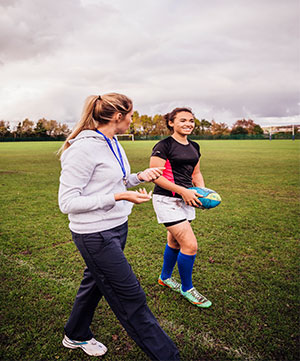 To avoid compounds, researchers investigated the behavior of athletes in a particular sport, badminton, to identify and compare young athletes’ leadership preferences based on gender, playing experience, level of competition, and coach gender. They set out to determine if there is a relationship between socio-cultural variables and coach preference among young athletes.
To avoid compounds, researchers investigated the behavior of athletes in a particular sport, badminton, to identify and compare young athletes’ leadership preferences based on gender, playing experience, level of competition, and coach gender. They set out to determine if there is a relationship between socio-cultural variables and coach preference among young athletes.
167 subjects between the ages of 9-18 years participated in the study, 91 girls and 76 boys who competed in a 2015 badminton event. The length of player experience was between 1 and 12 years, and their coach supervised the majority of them for less than 6 months, or between 7-12 months. 56 of the student-athletes worked with their coach between 13-24 months and over two years. Data were collected over 7 days during the tournament. Subjects’ demographics were noted, and player preferences for coaching behavior were measured with a 40-item questionnaire.
The Results
Results from the study indicate a statistical significance based on the coach’s gender of the athlete, however, results did not indicate a statistical significance in the five leadership dimensions. Results indicated that boys with female coaches preferred more democratic behavior and socially supportive coach behavior, whereas boys with male coaches did not. Girls with male coaches favored the same qualities such as democratic behavior and social support than girls with female coaches.
Related Article: Re-Thinking Gender Based Nutrition
Boys preferred democratic behavior, social support, and autocratic behavior to girls. However, girls preferred training, instruction, and positive feedback more so than boys, but these differences were not statistically significant. Results indicate a lack of gender disparity in coaching style and coach gender among young athletes.
Takeaway
The outcomes of this study provide support to the notion that young male and female athletes are more similar than they are different in terms of their preferences for coach behavior. A good coach is a good coach, regardless of gender, as long as the coaching style is socially supportive, provides positive feedback, and employs a mix of democratic and autocratic coaching styles when necessary.
You Might Like:
How Core Strength Effects Athletic Performance
Alyssa Bialowas What is Core Strength? Your core is a complex series of muscles that extend far beyond your abs and is incorporated in almost every movement of the human body. Strong core muscles act...Weight Training Techniques: The Benefits of Unilateral Training
Alyssa Bialowas Unilateral exercises are single-leg or single-arm movements. The primary benefit of including unilateral exercises in your training programs is that the exerciser is using both sides of the body equally. Unilateral training results...How to Improve Your Aerobic Capacity – Tips & Tricks
Alyssa Bialowas Cardiovascular exercise improves the ability to both move oxygen and nutrients to working muscles and to remove metabolic waste, which allows muscles to continue to perform a particular activity. Your fitness level depends...Exercising in the Heat
Alyssa Bialowas As temperatures continue to soar in the summer, it’s important to be cognizant of the effect that exercising in the heat has on your body. Intense exercise and a failure to modify the...The Best Glute Exercises: How to fire your glutes!
Alyssa Bialowas About Your Glutes – The gluteus maximus is located in the buttocks and is connected to the coccyx/tailbone. This muscle is responsible for the movement of the hip and thigh, and also serves...What Are Probiotics and Prebiotics?
Alyssa Bialowas In response to the current cultural nutrition trend surrounding probiotics and supplements, pharmacies and health food stores are stocking increased amounts of probiotic supplements. Is this just the latest health and nutrition trend...References:
Cruz, A., & Kim, H-D. (2017). “Leadership Preferences of Adolescent Players in Sport: Influence of Coach Gender.” Journal of Sports Science and Medicine, 16, 172-179.

